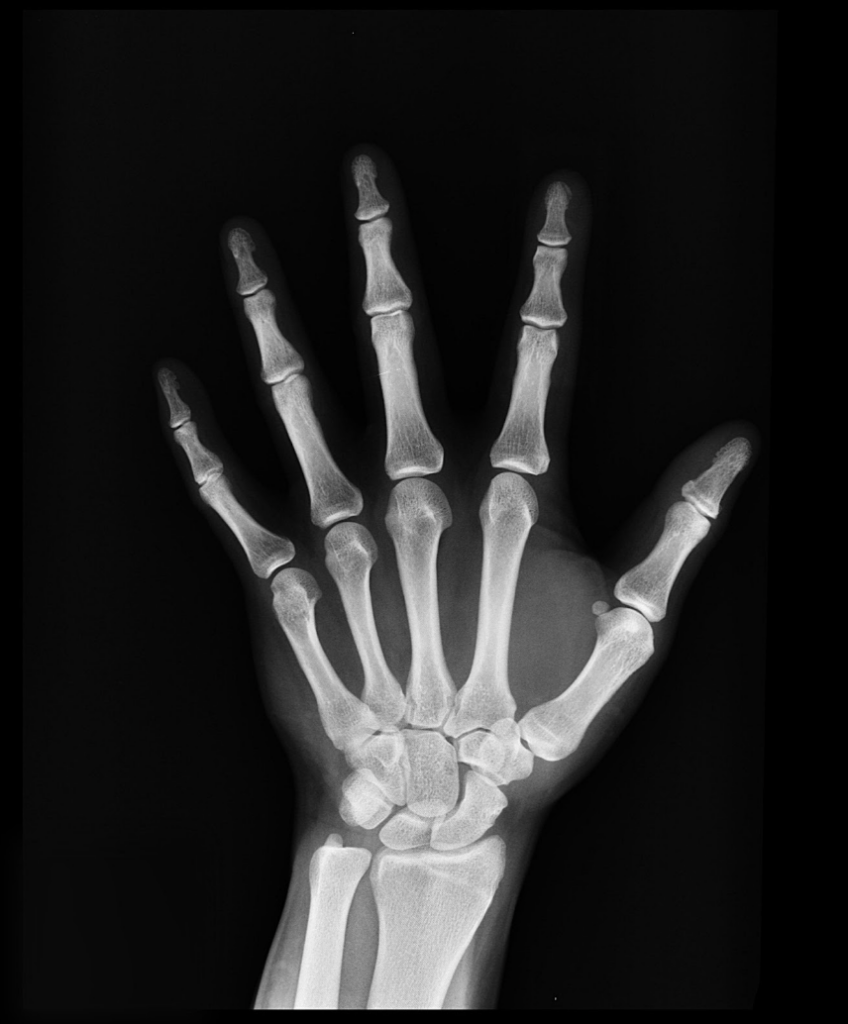
Participating in athletic activities helps us stay healthy and happy, especially when it’s a sport we’re passionate about. But unfortunately, sports can also heighten our risk of physical injury. Orthopedic sports injuries in particular can be very painful and even debilitating in some cases. The good news is that finding the “best sports injury doctor near me” can get you on the road to a swift recovery and returning to the pastimes you love.
Best Sports Injury Doctor Near Me: Make an Appointment
For both casual and more serious athletes who live, work or play in the Reading, PA area, Dr. Stephen Soffer offers top-level care. He is highly qualified to treat the full array of orthopedic sports injuries, including:
- ACL tears
- Rotator cuff tears
- Tennis elbow
- Ankle sprains
- Achilles tendon injuries
- And more
This testimonial from patient James C. demonstrates Dr. Soffer’s skill and commitment to helping his patients bounce back from sports injuries as quickly and effectively as possible:
“Dr. Soffer repaired my torn Achilles tendon in 2005. I am a black belt in karate and some people told me I would never return. Dr. Soffer did a great job, and I am back to karate with no problems.”
See Dr. Soffer to Address Your Sports Injury Promptly & Professionally
Whether you play football, lacrosse, basketball, soccer, baseball or another sport, Dr. Soffer can help you recover from virtually any orthopedic injury sustained in the course of athletics. Known as the best sports injury doctor near me across Berks County, PA, he excels in creating customized treatment plans for patients of any age and activity level, whether they necessitate operative care or can be treated more conservatively.
Under world-renowned sports surgeon Dr. James Andrews, Dr. Soffer completed a fellowship in sports medicine, along with other prestigious training. He is board certified and offers both surgical and nonsurgical treatments, with a focus on minimally invasive methods. To schedule a time to see Dr. Soffer at his office in Wyomissing and formulate a tailored treatment plan to address your sports injury symptoms, call us at 610-375-4949!






